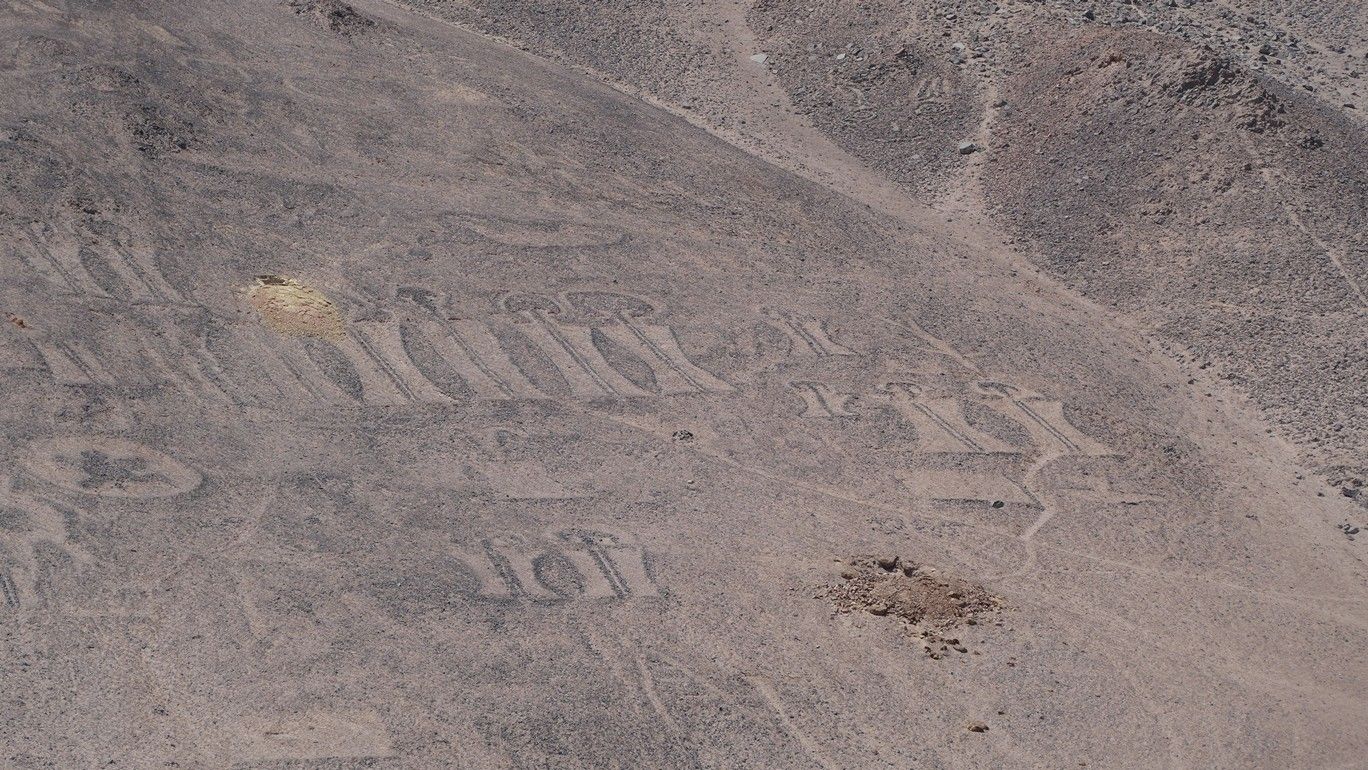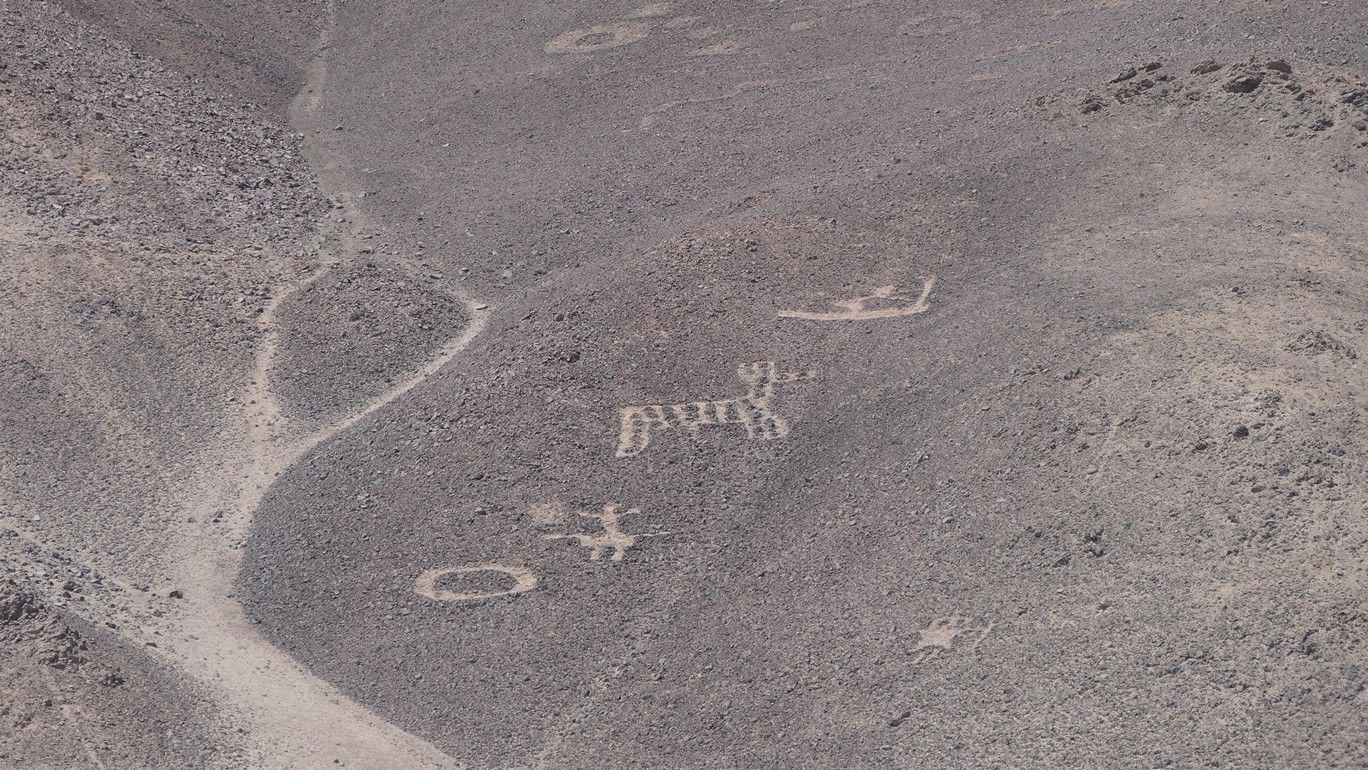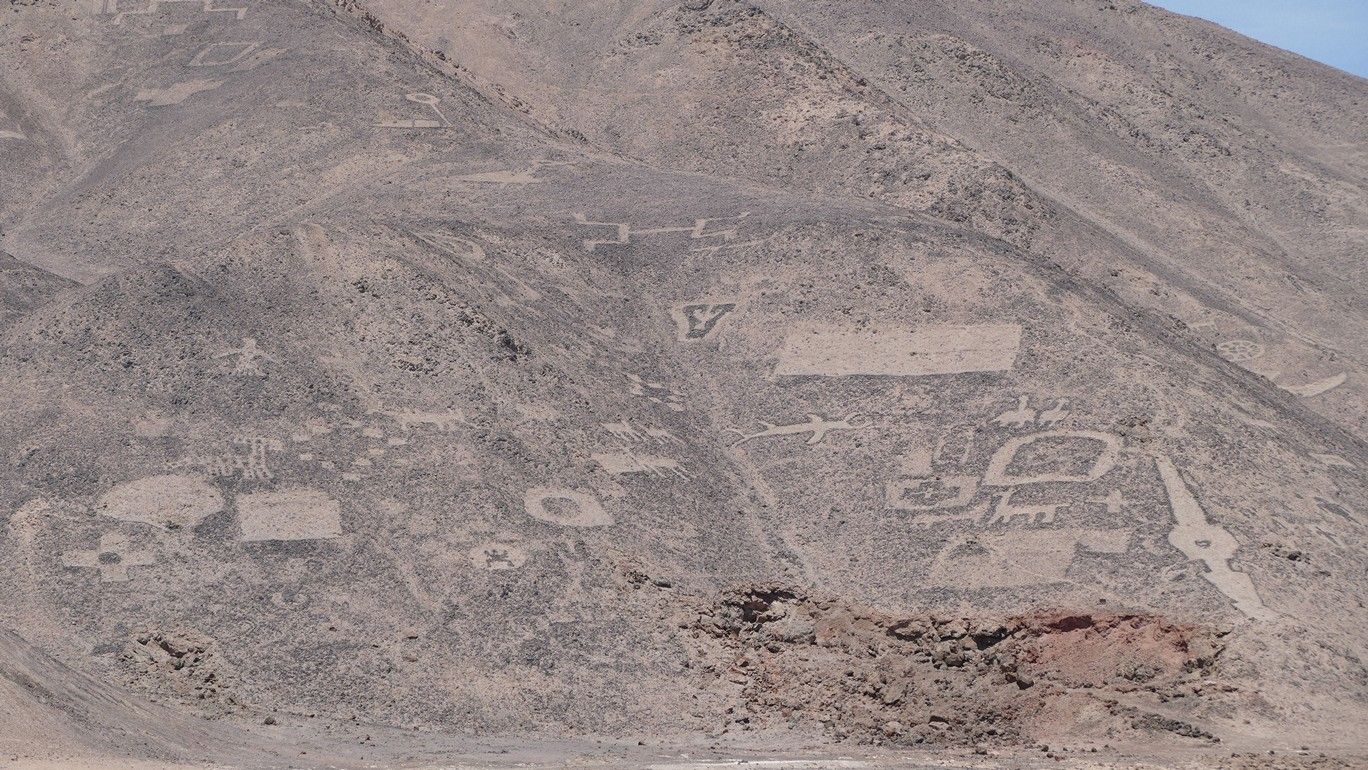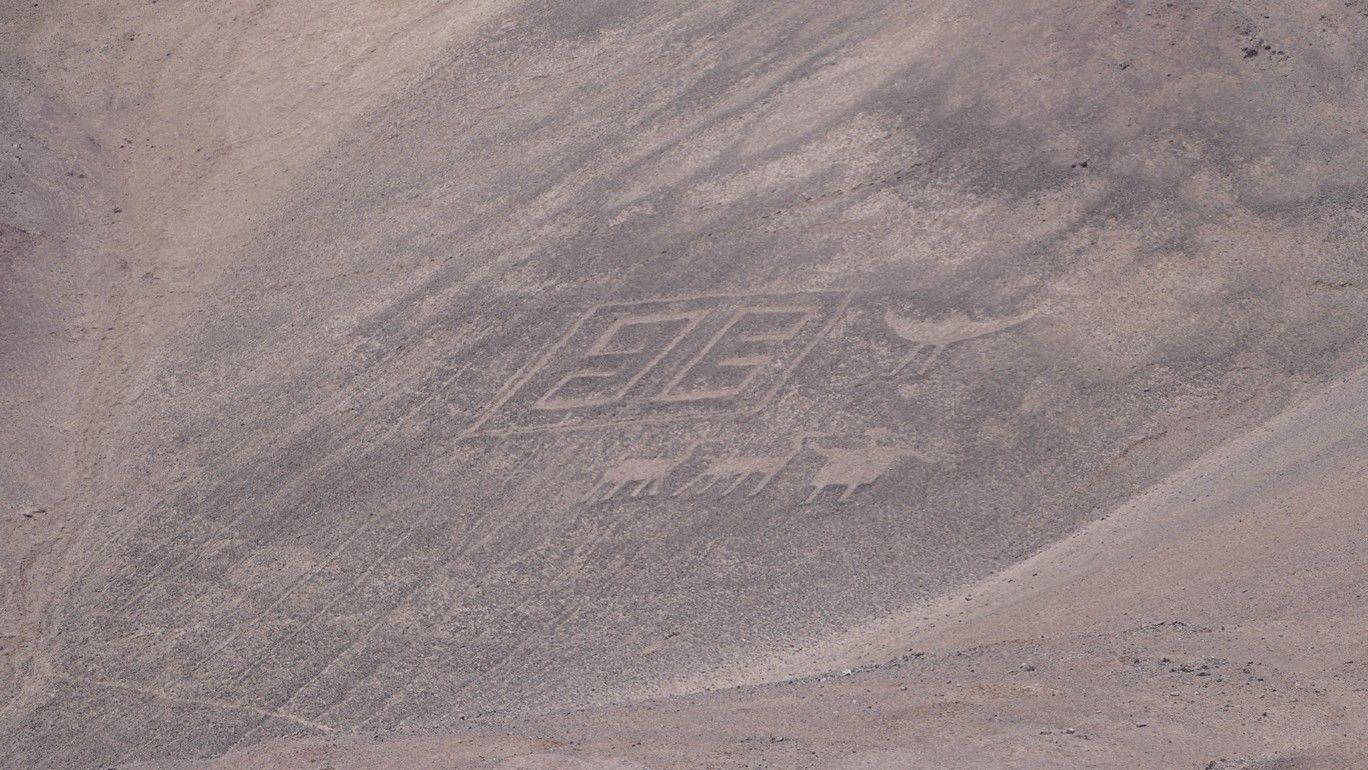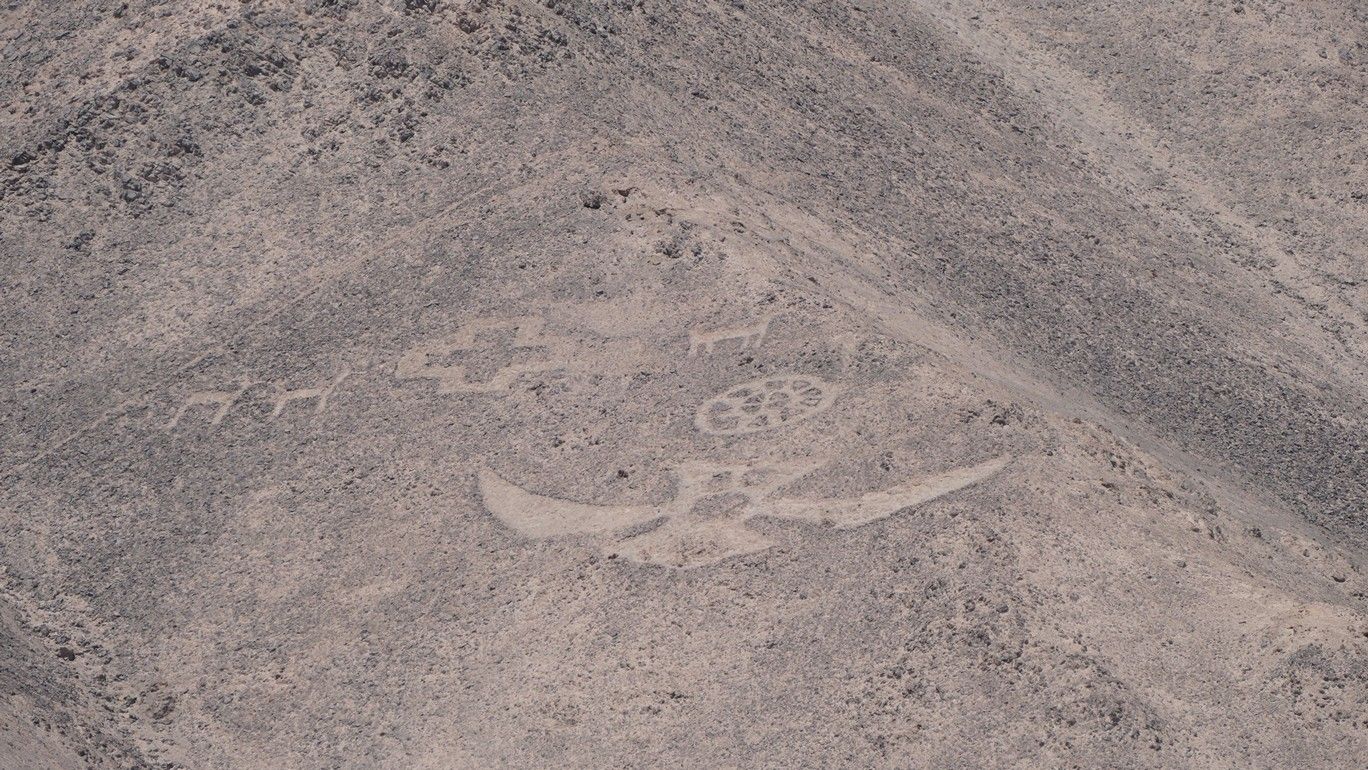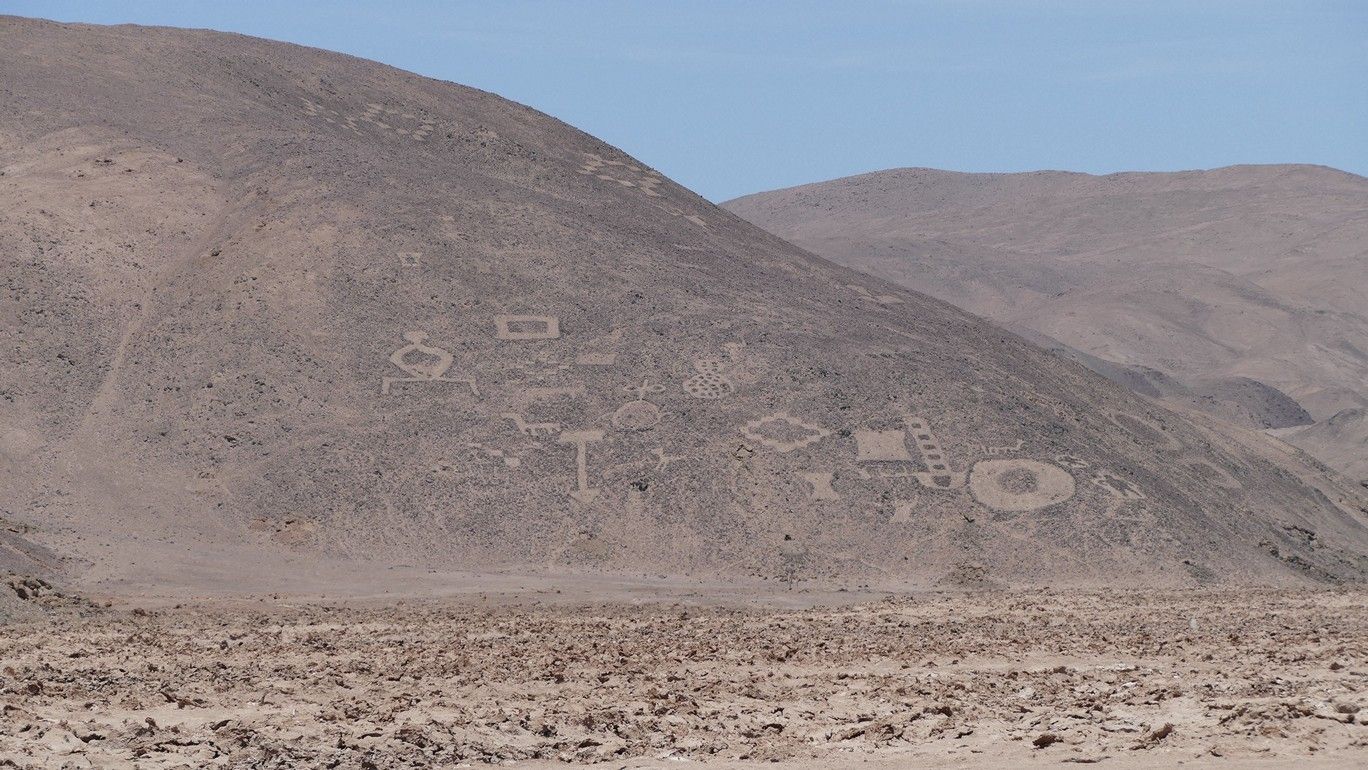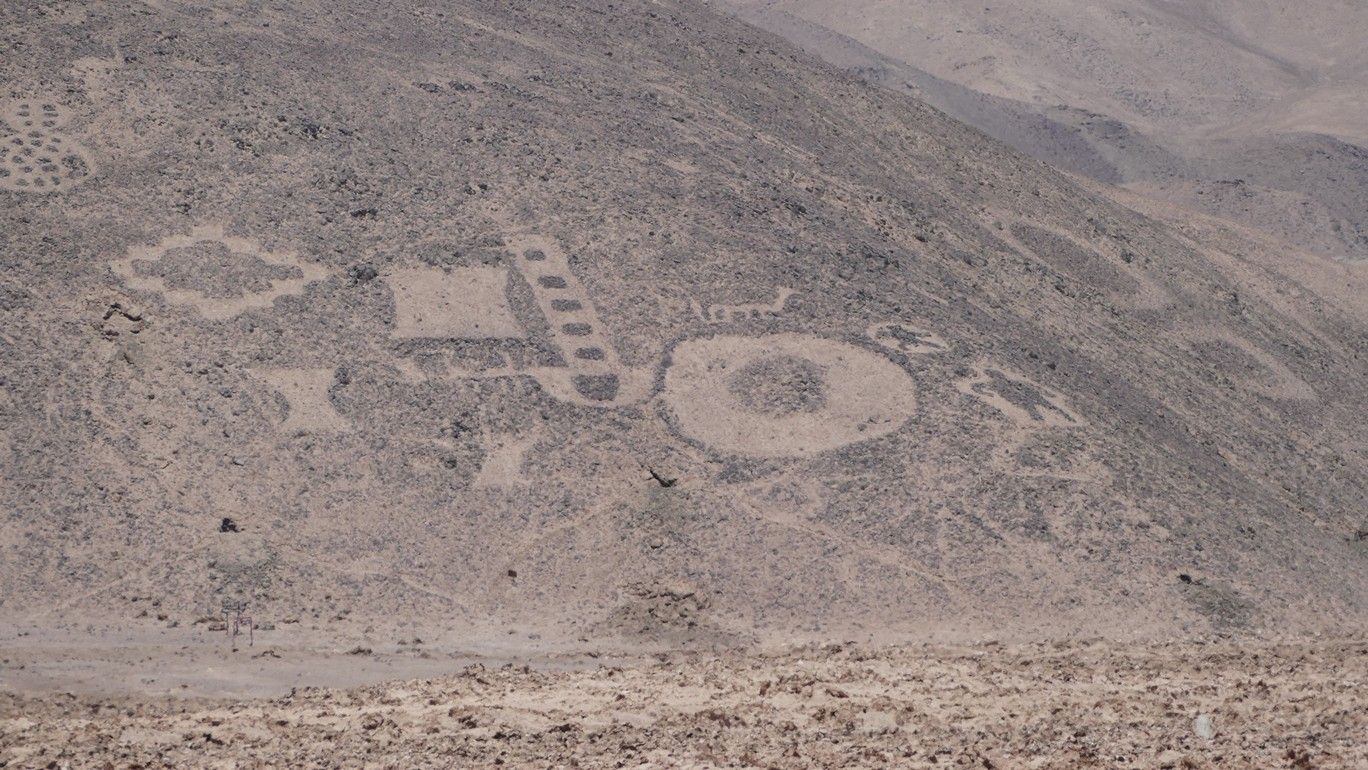Iquique, Chile
Iquique turned out to be our last stop in Chile.
It wasn't supposed to be but at one of our next scheduled stops, Antofagasto, there was a strike at the port which meant we had to go somewhere else. It's too bad too because pictures from the internet show a nice looking town.
Then high seas and the weather became a factor so the ship had to slow down - in order to make it to San Antonio (the end of our cruise) on time so we had to miss the stop that was substituted for Antofagasta.
One of the final days was at a place called Isla Pan De Azucar. The only activity offered here was a $189.00 per person zodiac excursion. A two hour boat ride for $189.00 US Dollars per person - what a fucking rip-off. If you didn't want to do that you stayed on the ship - as we did. So another sea day.
Anyway, Iquique was another excursion to the Atacama Desert.
First we went to his town where they used to mine saltpeter AKA potassium nitrate.
Here's what's said about Saltpeter:
Saltpeter is a common food preservative and additive, fertilizer, and oxidizer for fireworks and rockets. It is one of the principal ingredients in gunpowder. Potassium nitrate is used to treat asthma and in topical formulations for sensitive teeth. It was once a popular medication for lowering blood pressure
So back in the day this was a product in very much in demand.
The town we visited was abandoned all at once when the company running it went out of business. People left everything behind expecting that they would be called back to work soon but they never were, So now it's been turned onto a tourist attraction.
A couple shots on the way out of Iquique. It seems like a fairly modern, sea-side city.
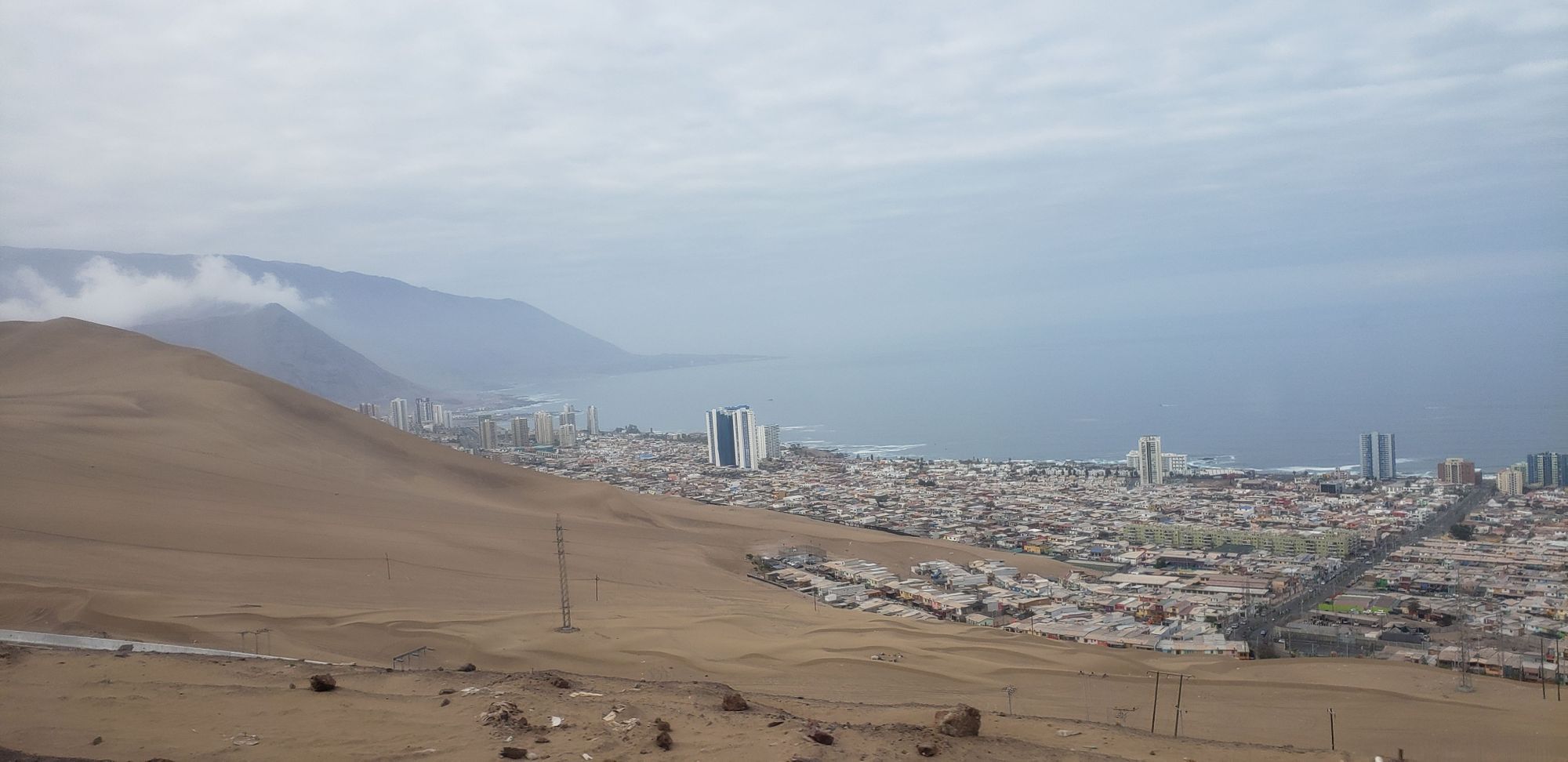
And the big hill below is the largest "naturally occurring" sand dune in the world. Or so we were told.
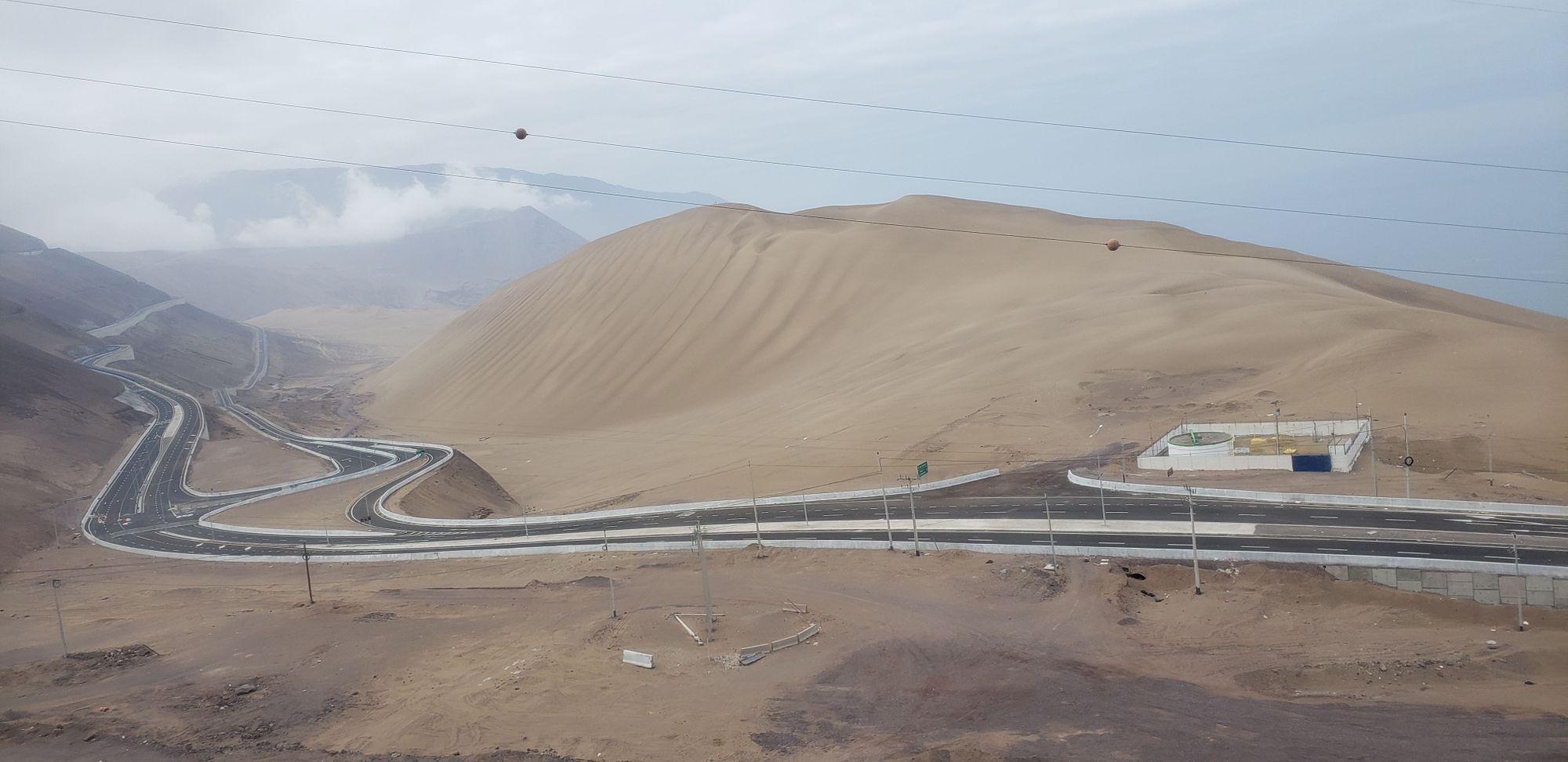
The desert is very dry.
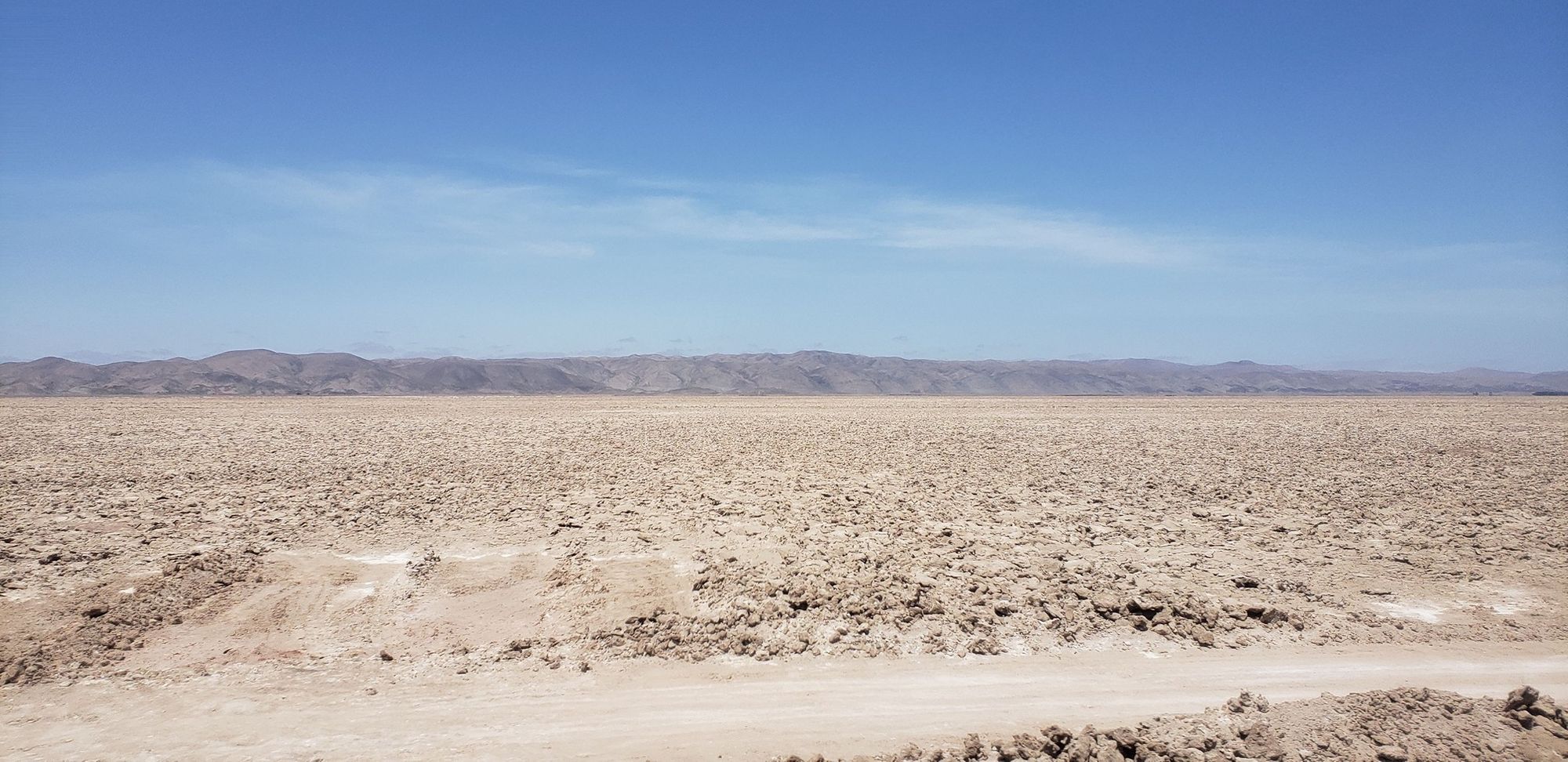
A bunch of pictures of the town.
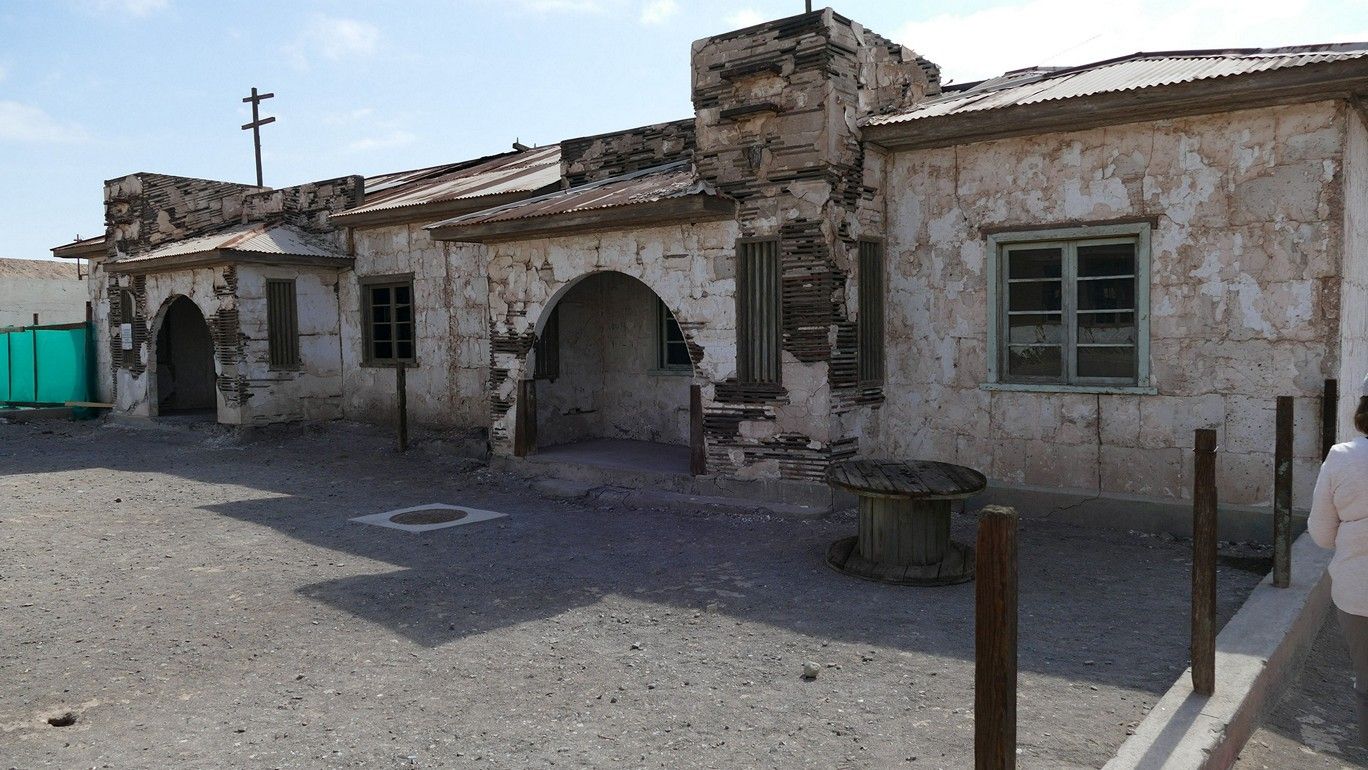

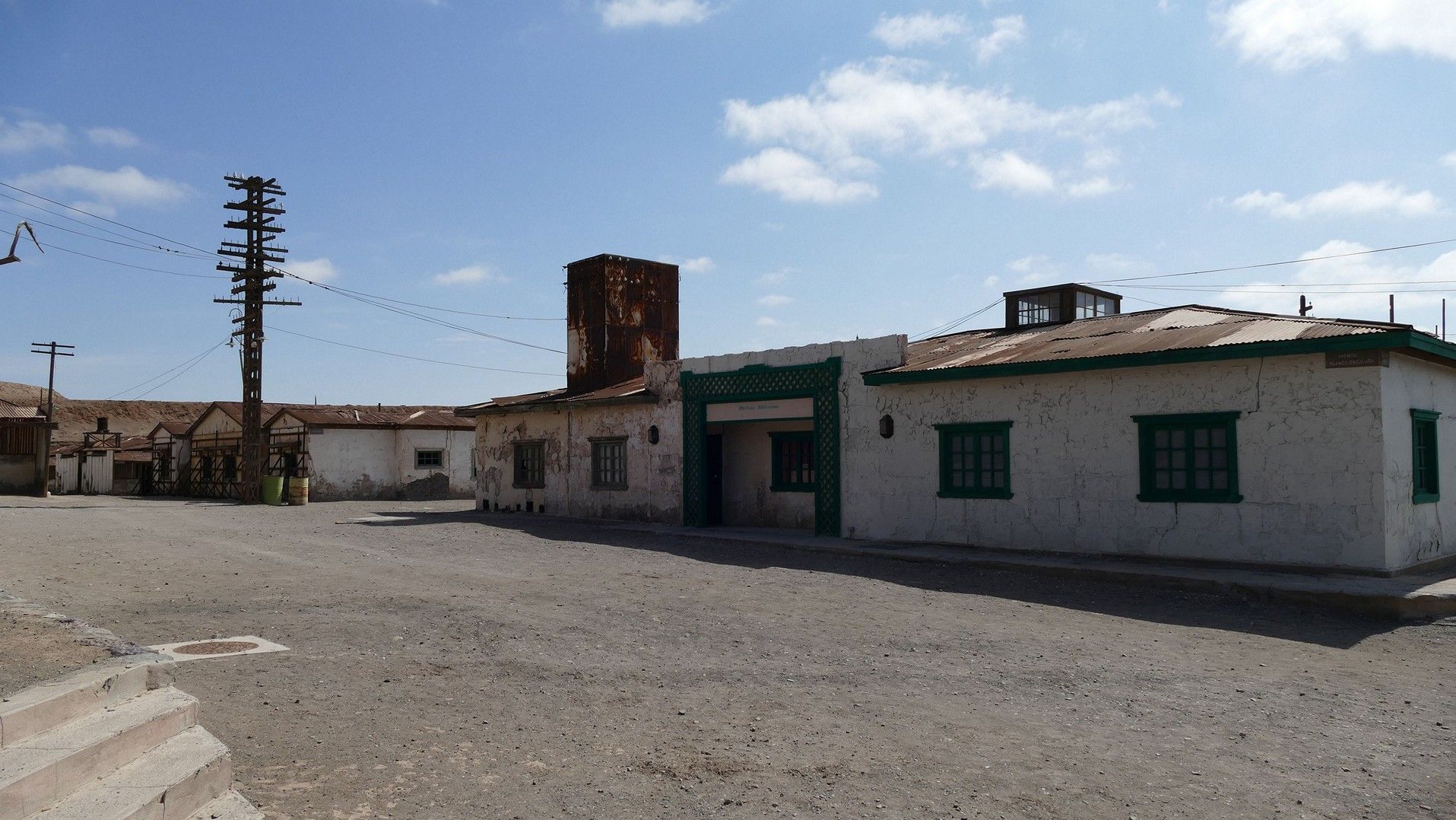
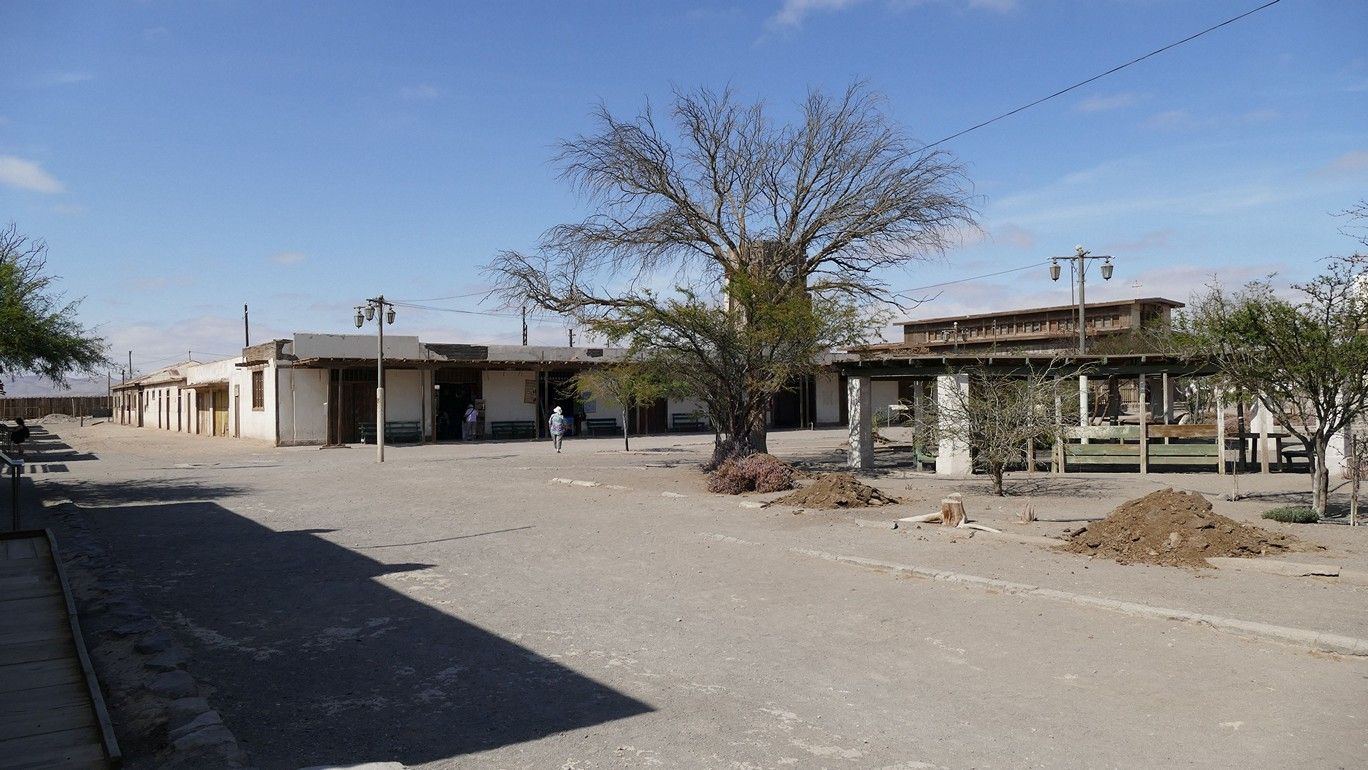
In the old general store they've stocked it with goods and put in dummies to make t appear as it was.
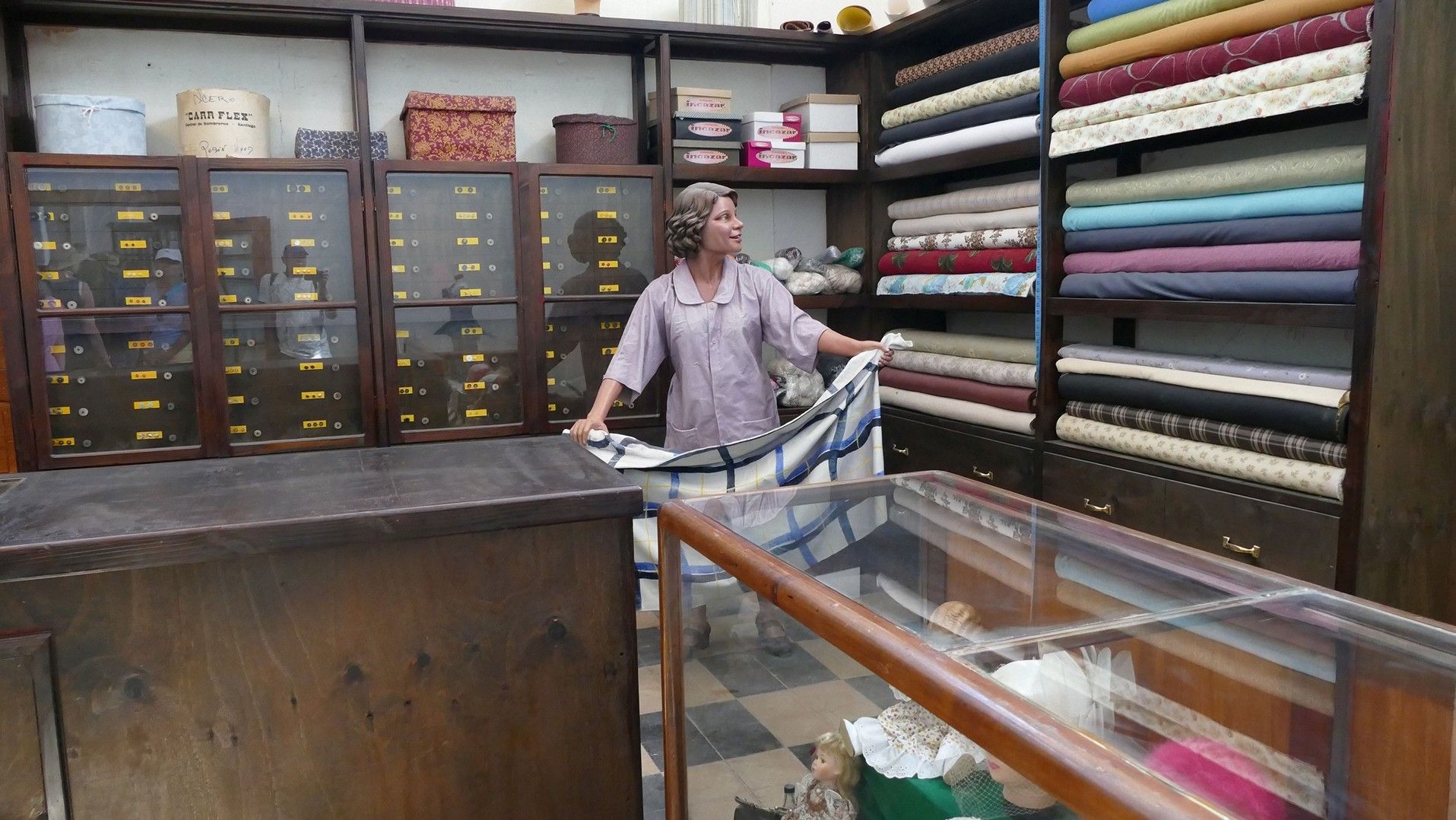
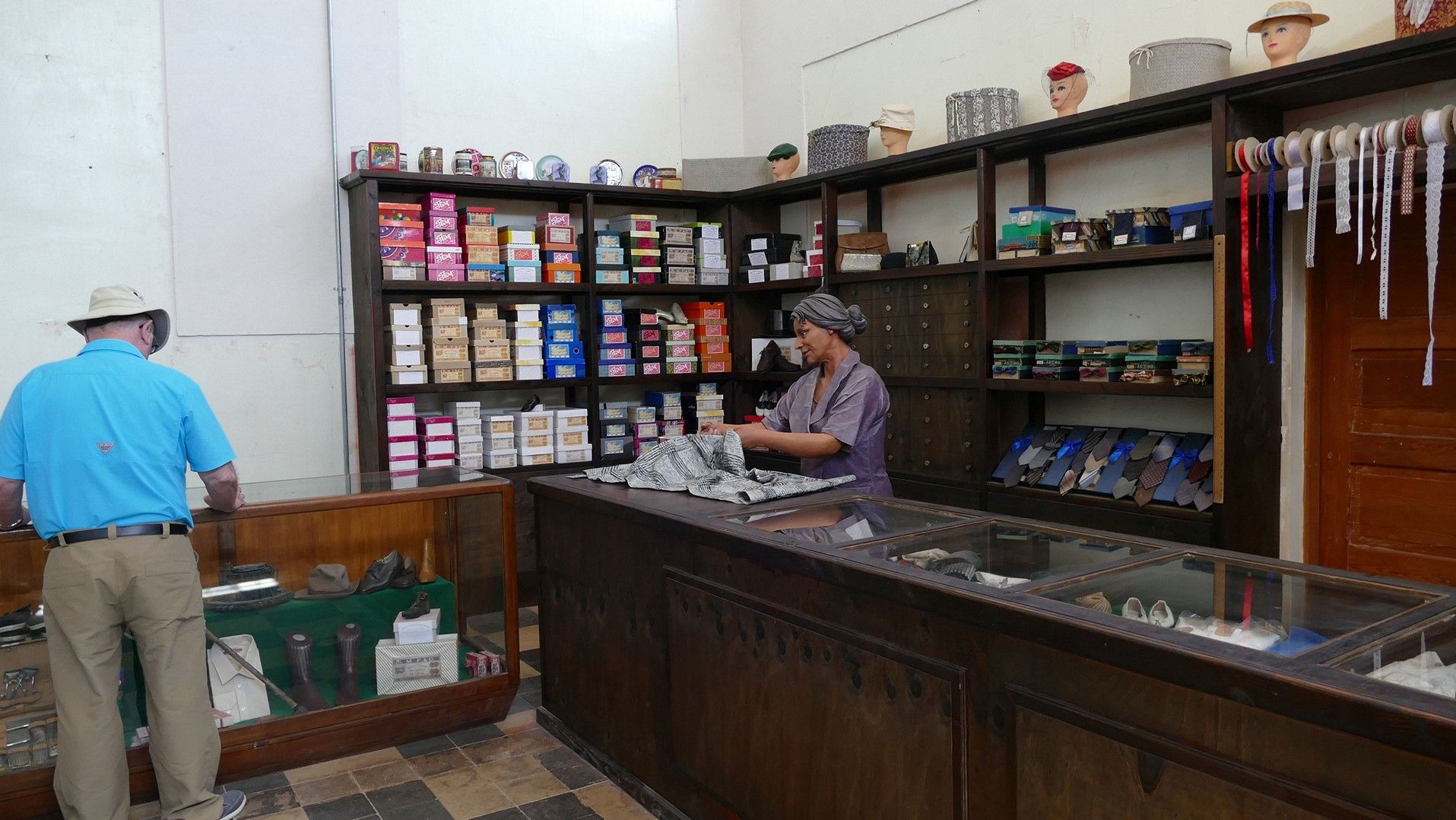
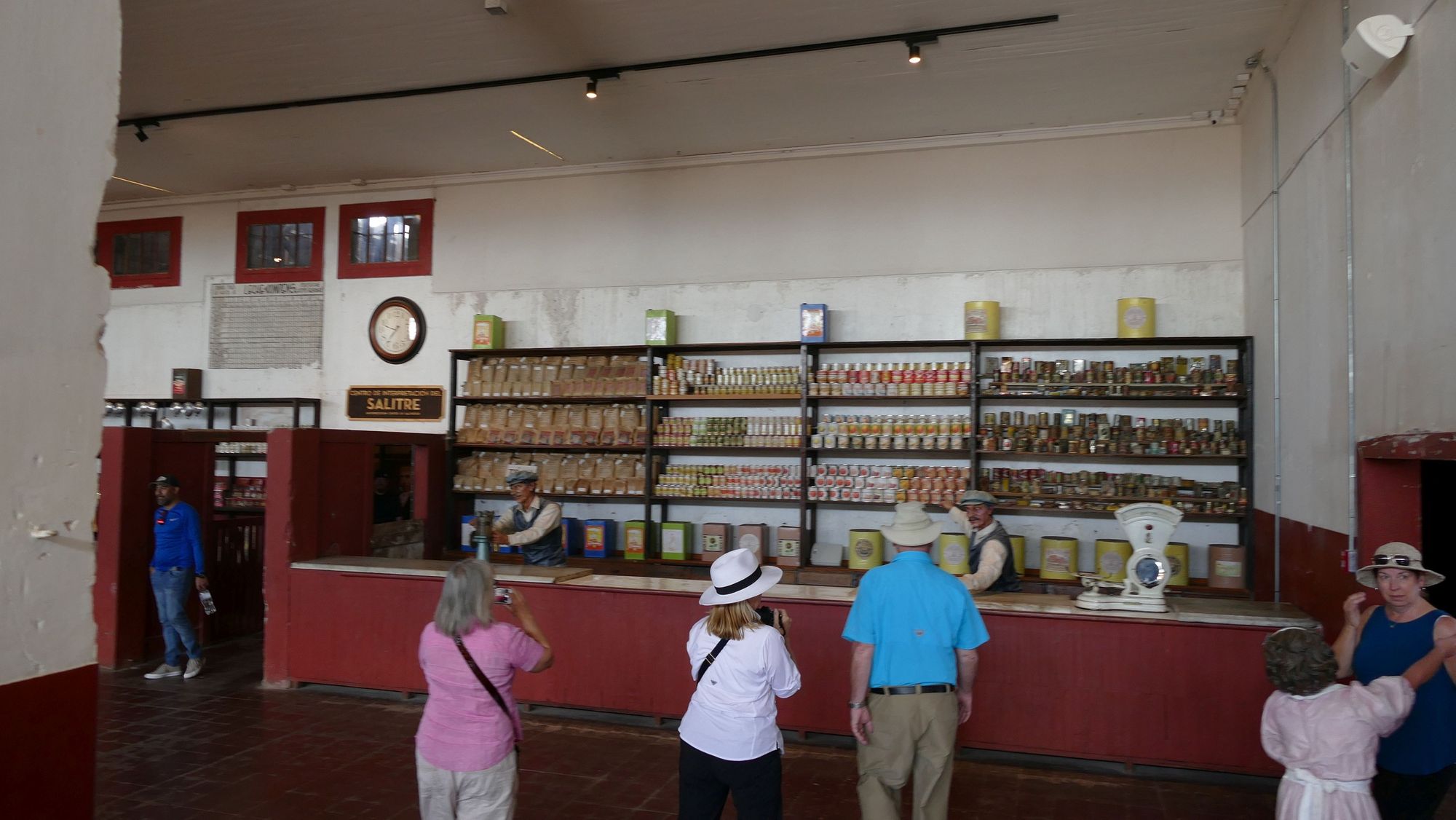
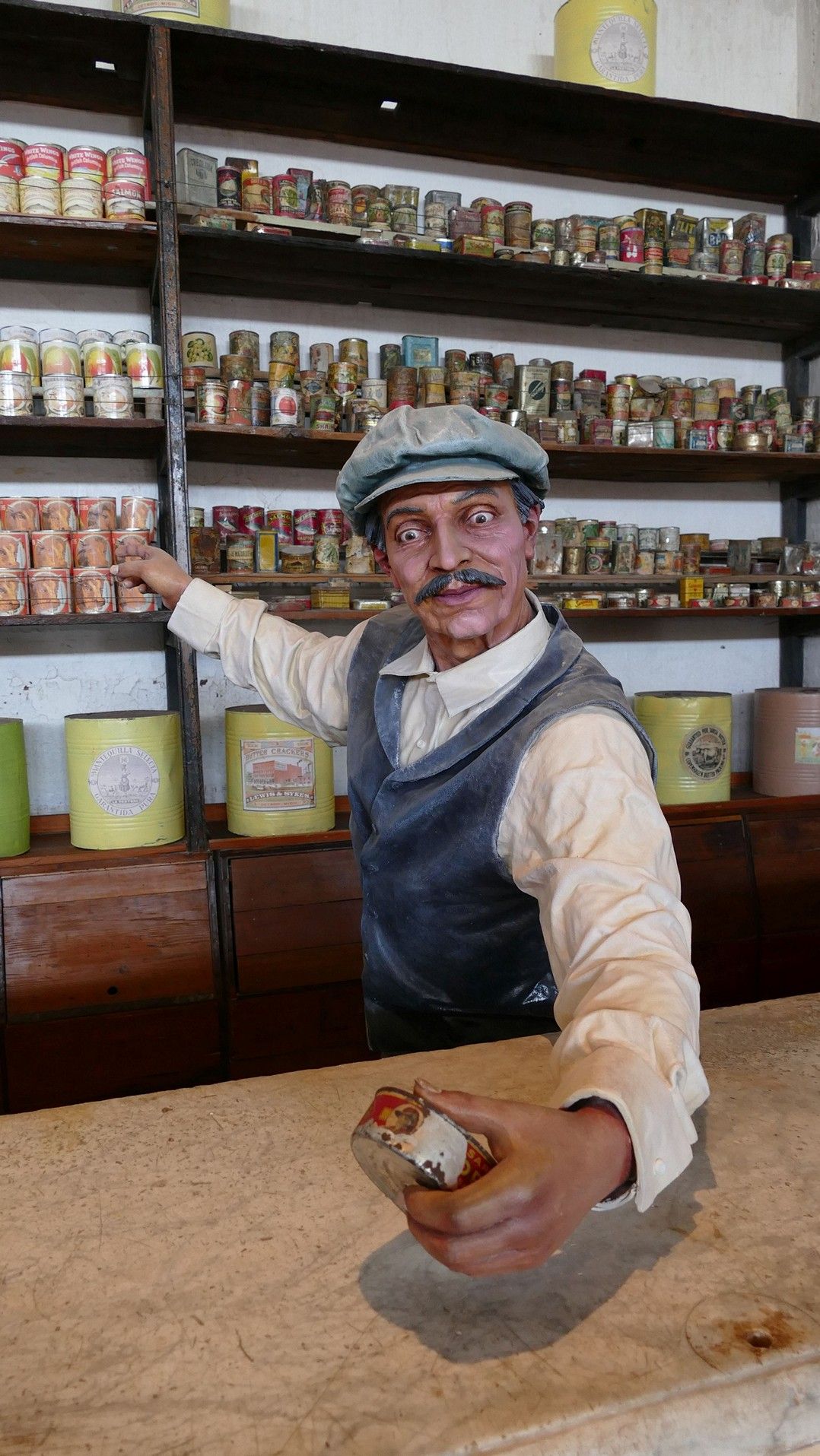
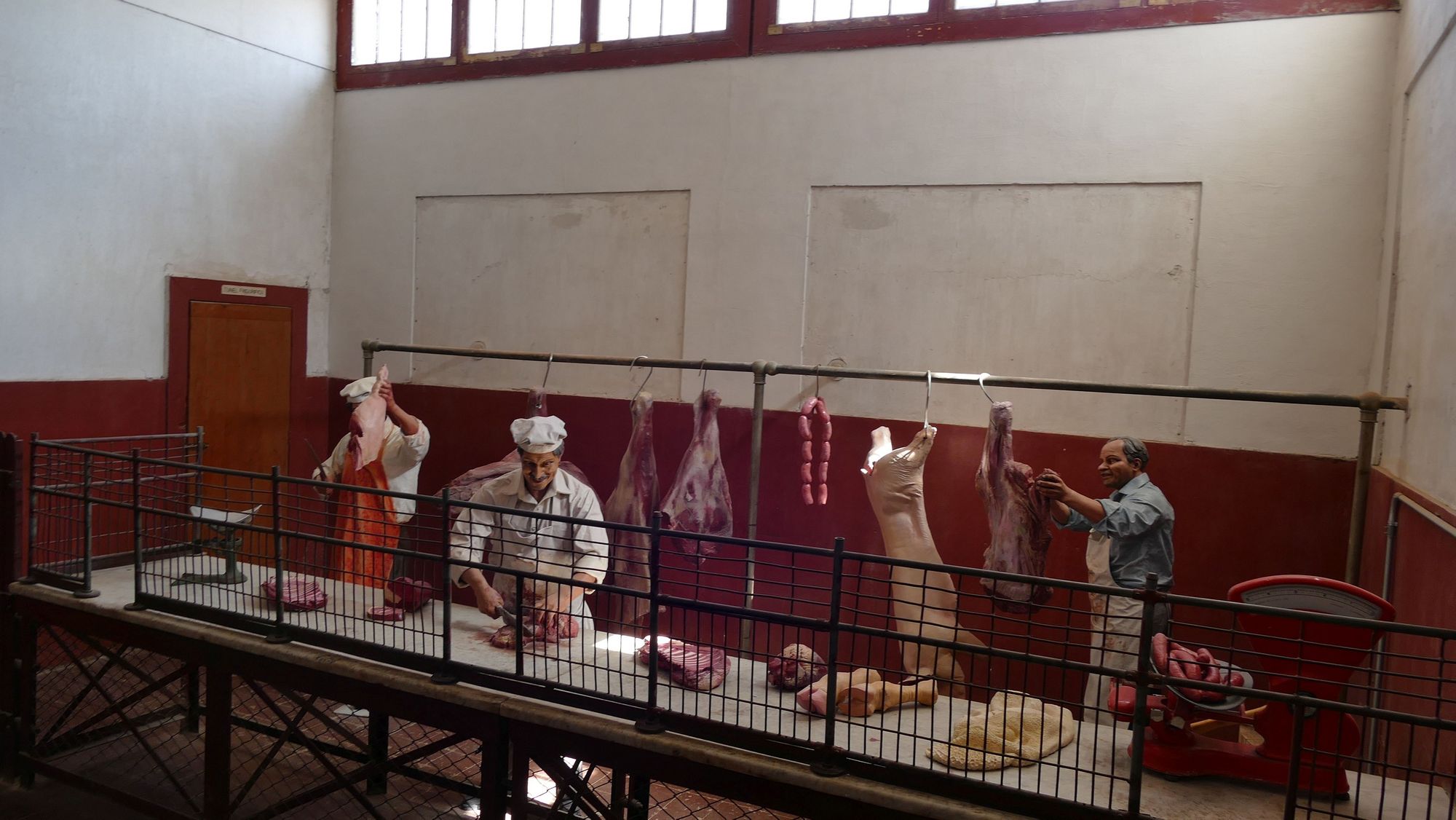
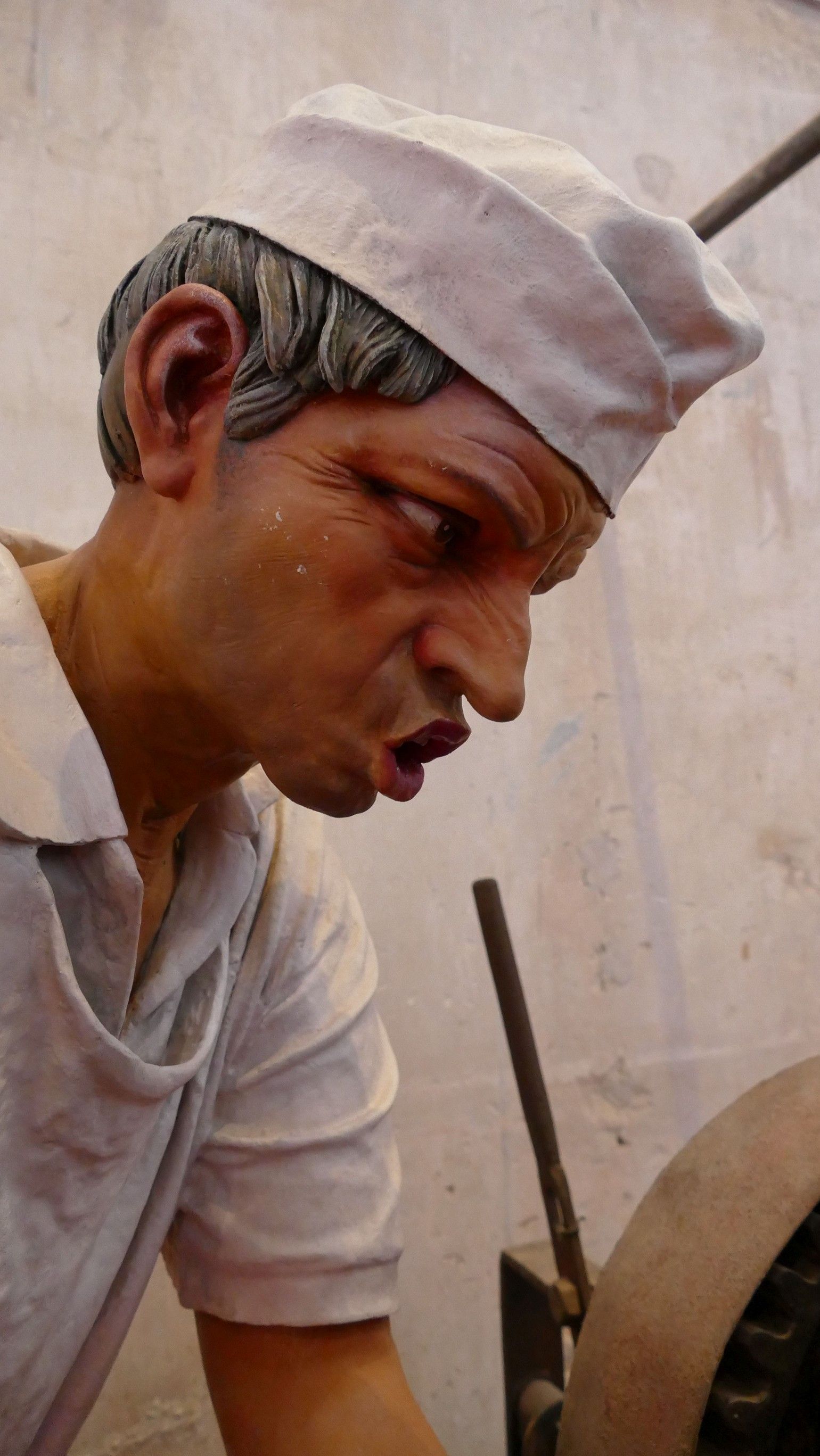
It was mildly interesting.
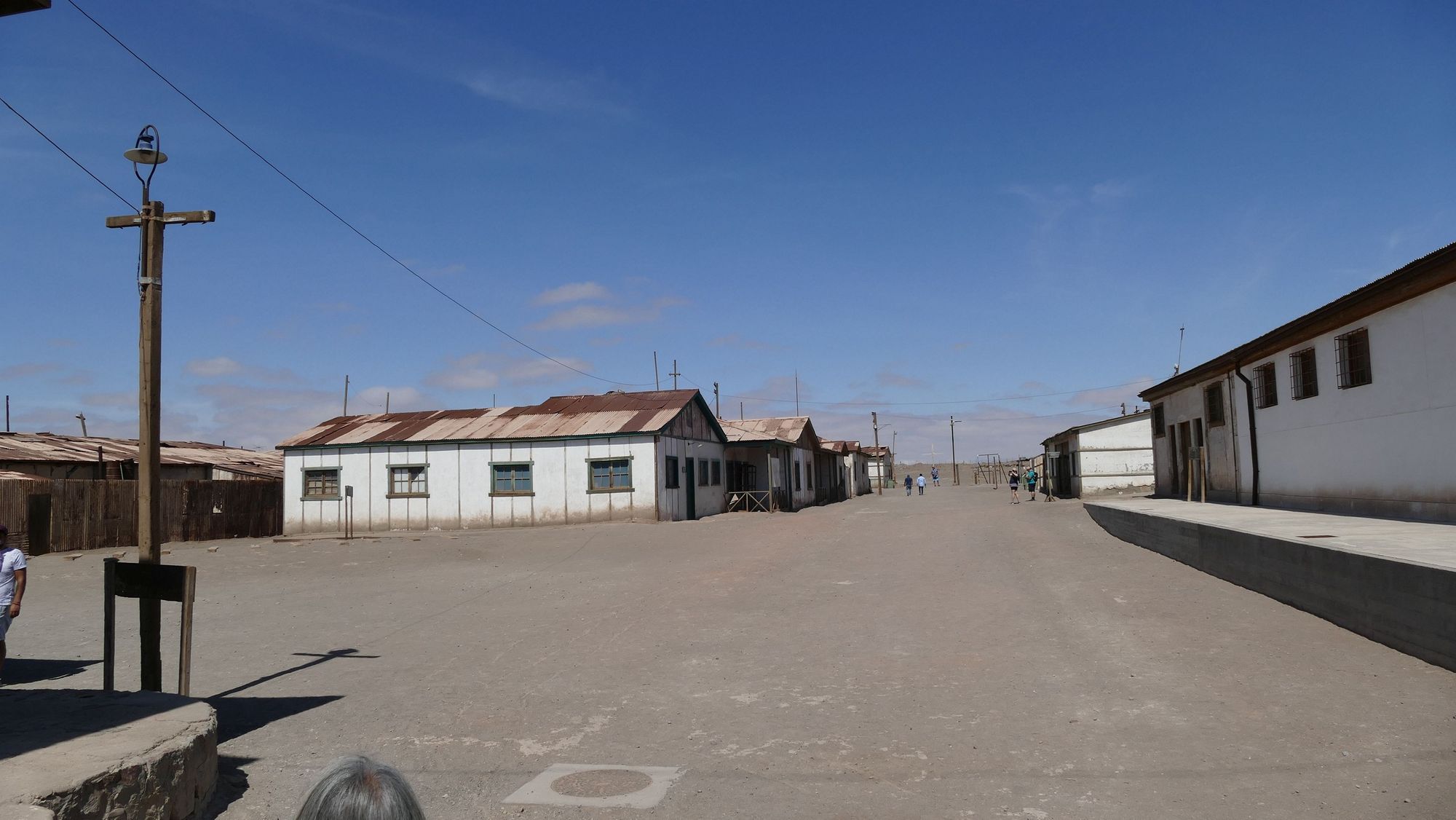
After we visited another geoglyph site.
No one really knows for sure who put these geoglyphs here and why. One explanation is that people from the uplands who were on there way to the sea to trade for goods did it - but why???
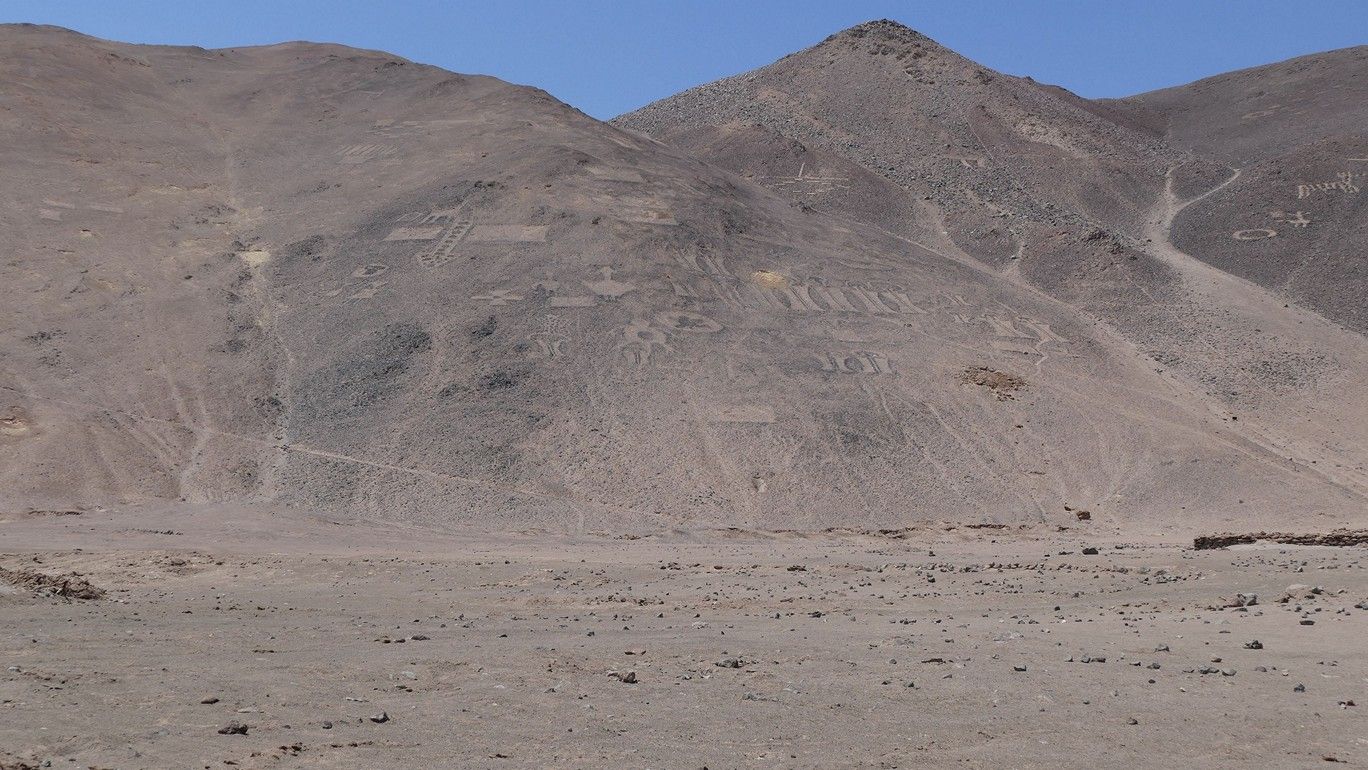
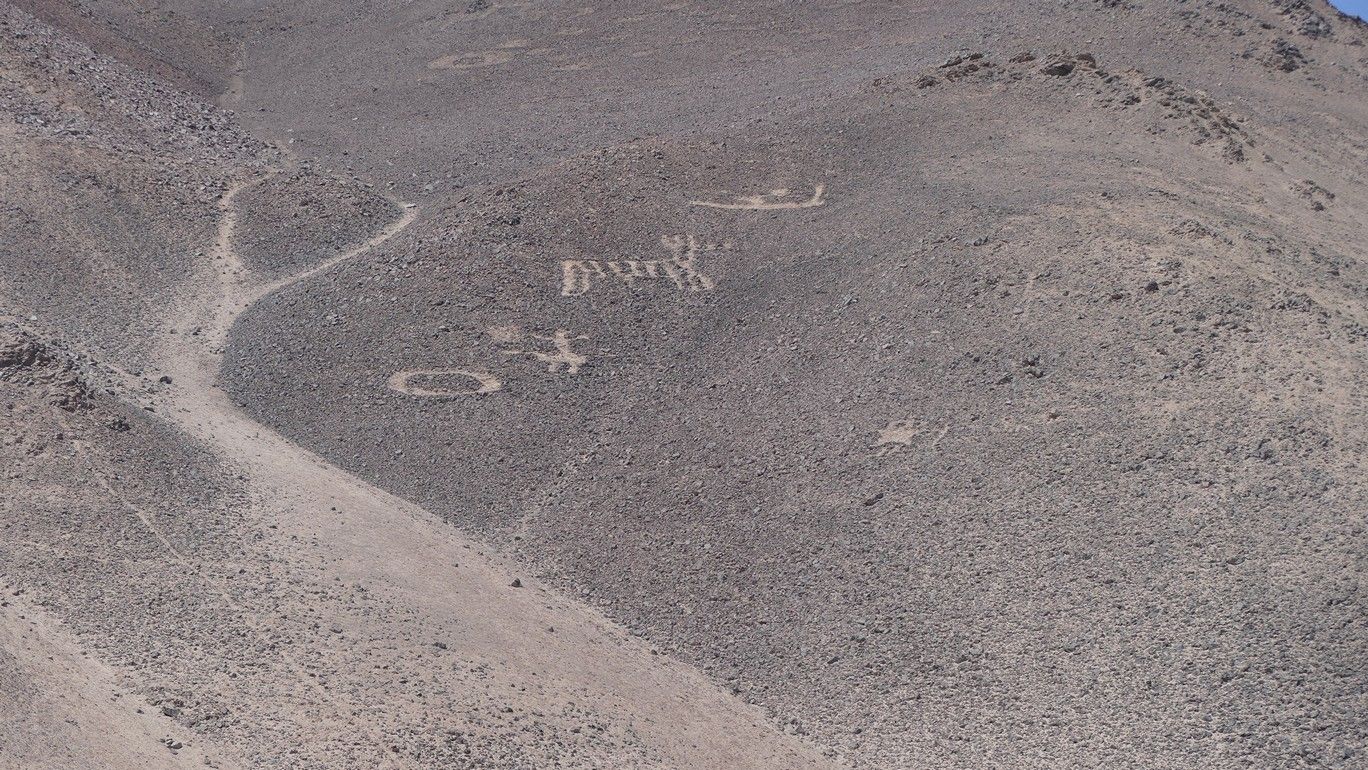
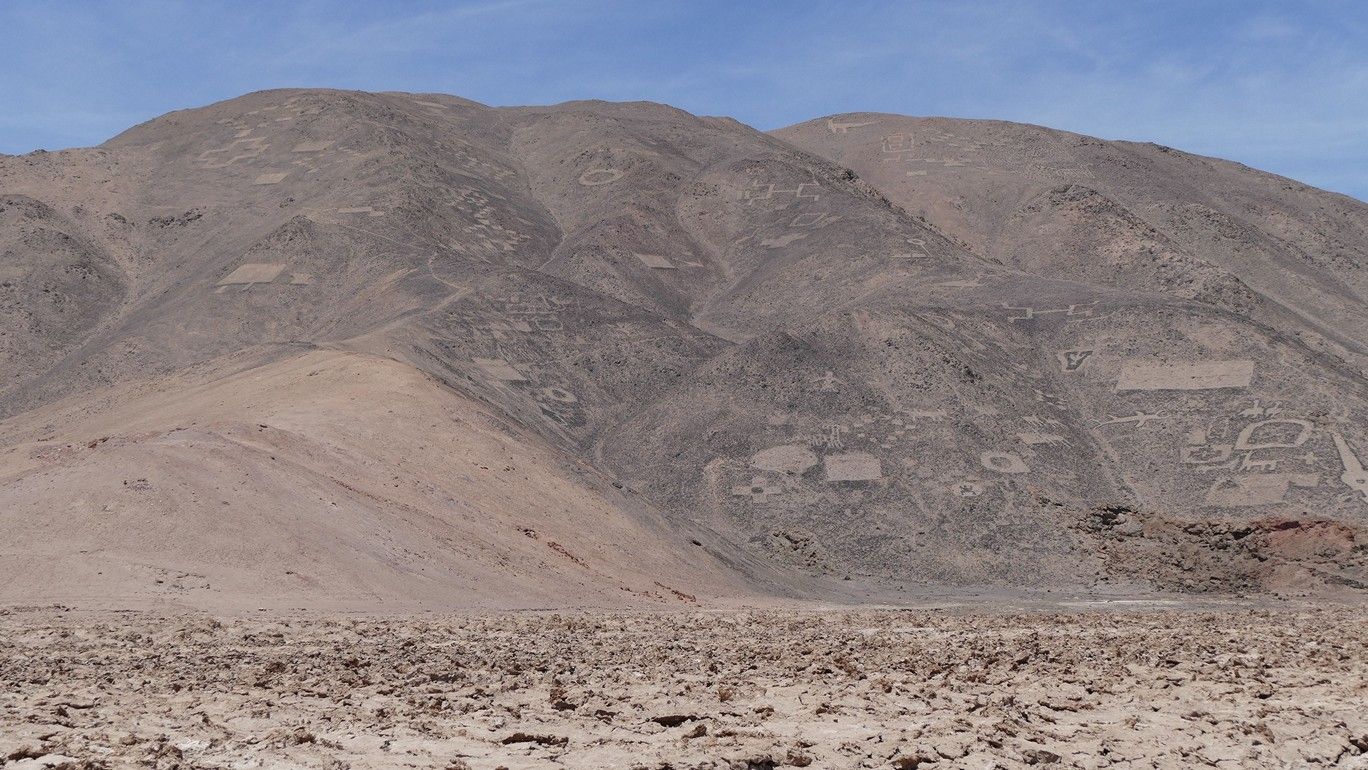
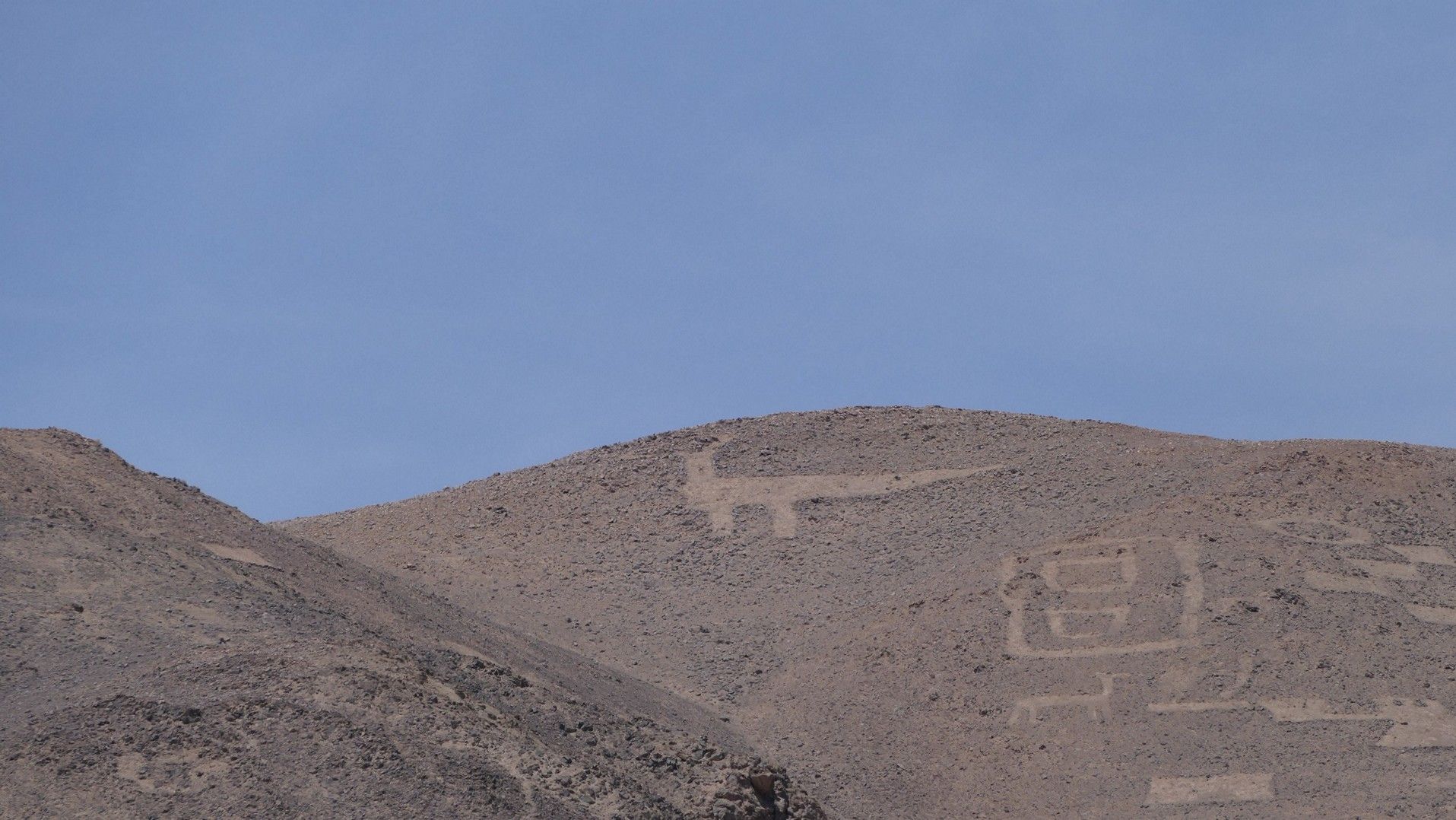
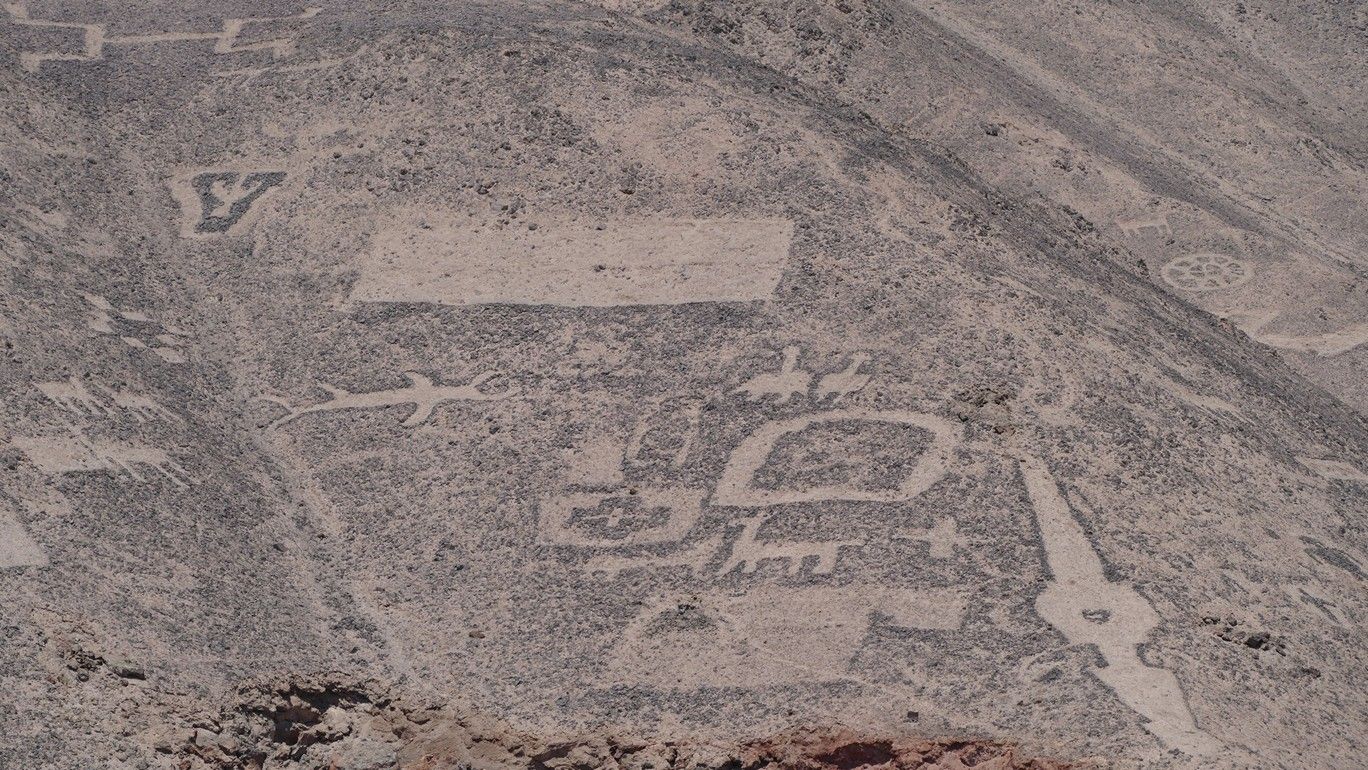

The holes (upper left and lower right) in the pic below were created by the Spanish conquistadors. They were searching for gold or silver. The yellow material by the upper left hole is sulphur and it can't still be smelled a tiny bit.
